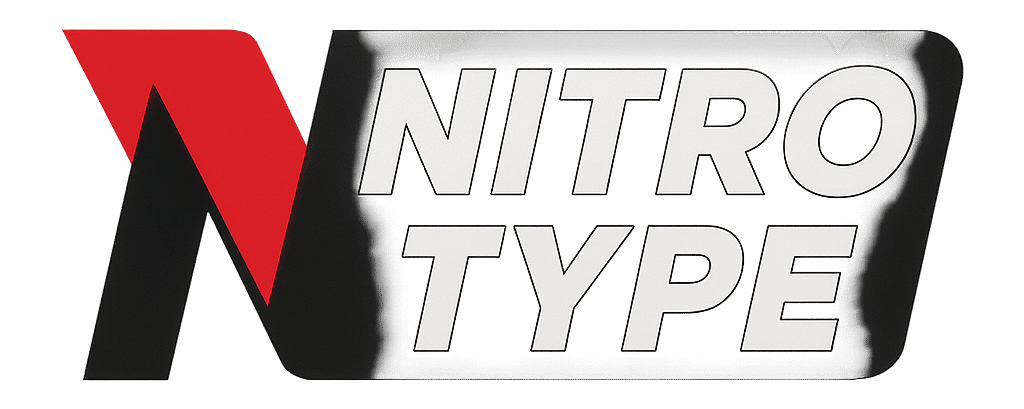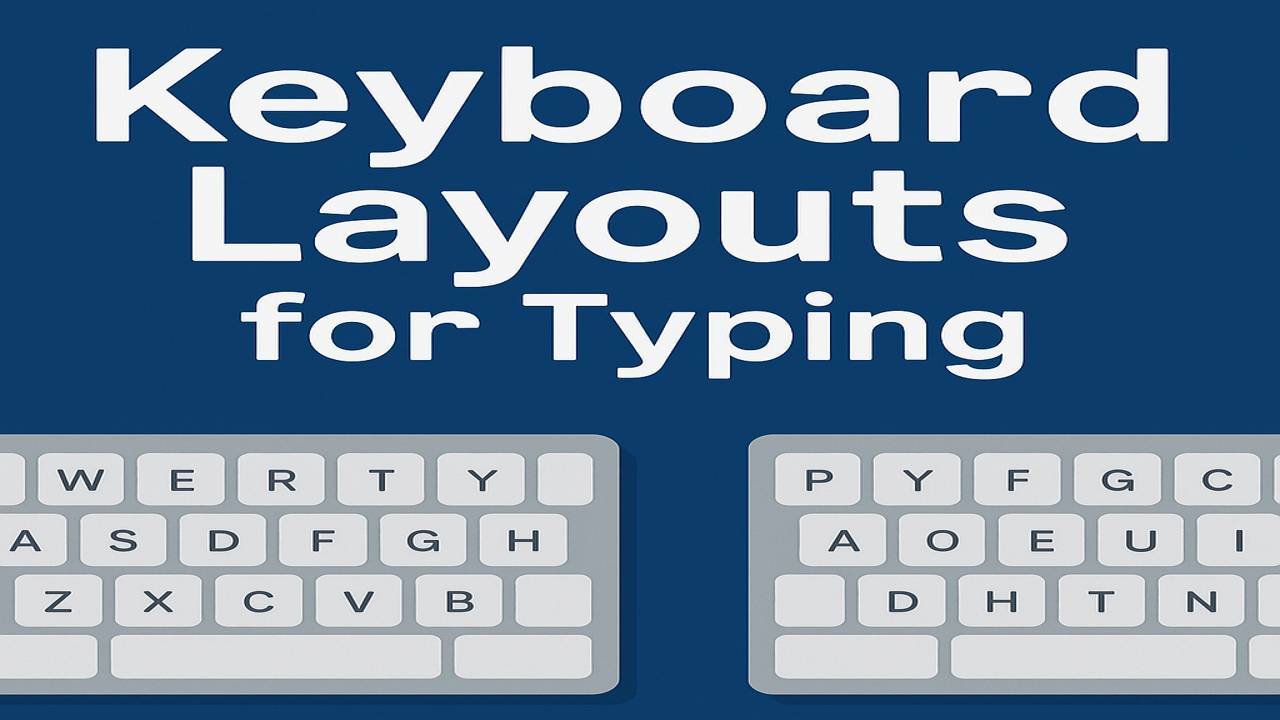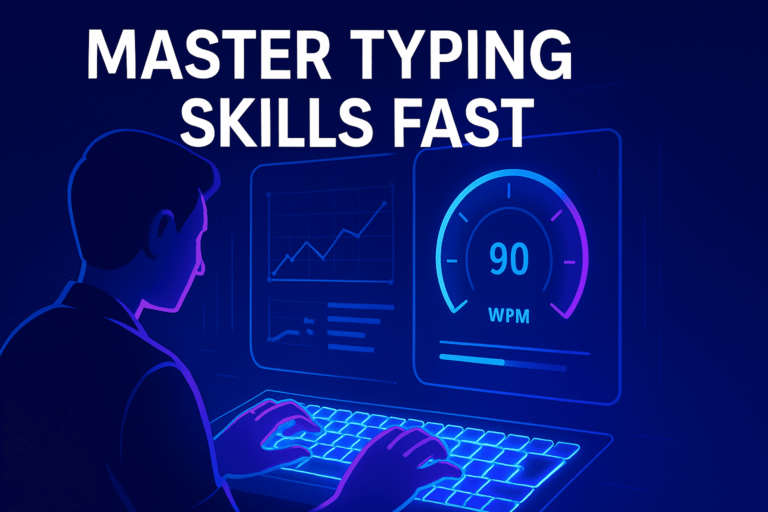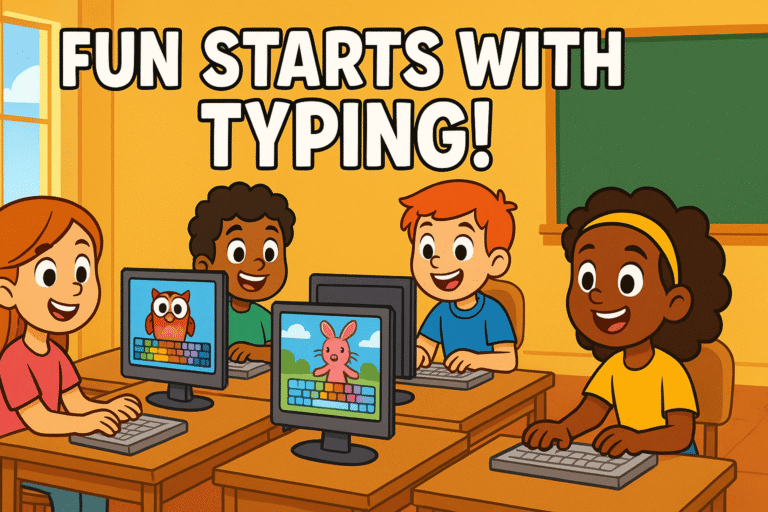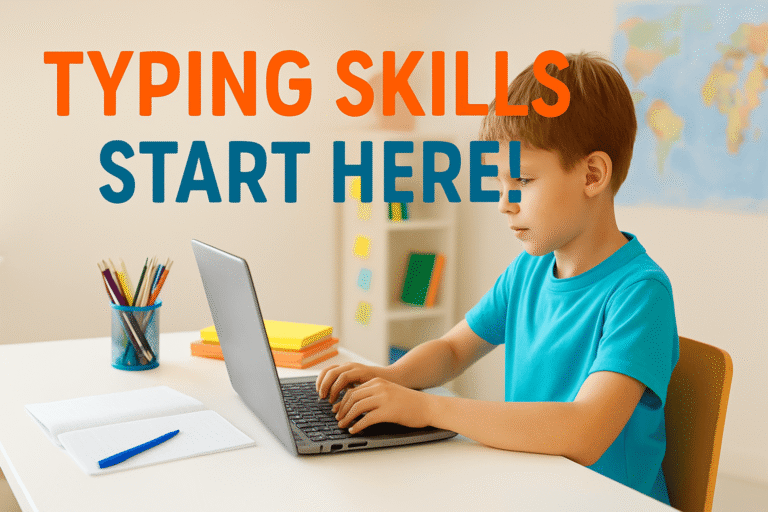How Keyboard Layouts Impact Typing Efficiency: QWERTY vs Dvorak in 2025
Typing has become a fundamental skill in education and the workplace. Whether writing research papers, coding software, or sending emails, typing efficiently can drastically improve productivity. But how much of that efficiency depends on the keyboard layout itself? In 2025, with evolving technology and learning environments, educators and students are increasingly exploring alternative keyboard layouts. This article examines how different keyboard layouts for typing, specifically QWERTY and Dvorak, impact typing efficiency, learning speed, and long-term performance.
Table of Contents
The Evolution of Keyboard Layouts for Typing
The keyboard layouts for typing have evolved from mechanical typewriters to sophisticated digital interfaces. QWERTY, the most dominant layout globally, was initially designed to prevent typewriter jams rather than maximize typing speed. In contrast, alternatives like the Dvorak Simplified Keyboard were designed with ergonomics and speed in mind.
In 2025, the landscape includes several layouts:
- QWERTY: The global standard in schools and workplaces.
- Dvorak: Designed for speed and comfort.
- Colemak: A hybrid layout combining QWERTY familiarity with ergonomic principles.
- AZERTY: Common in French-speaking countries.
- Workman: Optimized for finger travel distance.
Why Keyboard Layouts Matter for Typing Speed
Speed is one of the most discussed metrics when evaluating keyboard layouts for typing. Dvorak proponents claim that once mastered, the layout enables faster typing due to the placement of the most frequently used keys on the home row.
Studies suggest:
- Dvorak users often achieve 5% to 10% higher WPM (words per minute) than QWERTY users.
- Learning curves are steeper for Dvorak, but long-term gains in speed and comfort are notable.
- Students who switch early adapt faster and experience less fatigue.
Real-world tests from platforms like TypingClub show that consistent practice on any layout can improve speed, but layout optimization can make a substantial difference.
Typing Accuracy: A Critical Factor in Learning
Speed alone isn’t enough. Typing accuracy plays a crucial role in student performance. With QWERTY, students may type faster initially due to familiarity, but errors are more frequent due to less optimized key placement.
In contrast, Dvorak emphasizes:
- Balanced use of fingers
- Reduced lateral finger movement
- Consistent rhythm, leading to fewer typos
Educational institutions that integrate Dvorak into early curriculum stages often report improved typing accuracy over time. One example is NitroType, a platform that supports typing challenges where students can measure both WPM and accuracy.
The Role of Latest Wearable Technology in Typing
In 2025, latest wearable technology is revolutionizing how we type. Wearables like AR keyboards, virtual reality gloves, and foldable Bluetooth-enabled devices allow students to type without physical keyboards. However, these innovations often default to the QWERTY layout.
That said, developers are now introducing customizable layouts into wearable interfaces, including Dvorak and Colemak. This makes it possible for students to:
- Train in different environments
- Match keyboard layout to learning style
- Track speed and accuracy in real time
Devices like Tap Strap and MoBeWear are gaining traction in tech-savvy classrooms.
QWERTY vs Dvorak: A Side-by-Side Comparison
| Feature | QWERTY | Dvorak |
|---|---|---|
| Learning Curve | Easy due to familiarity | Steep for new users |
| Typing Speed | Moderate | Higher with mastery |
| Accuracy | Lower (more finger travel) | Higher (less finger strain) |
| Ergonomics | Basic | Designed for comfort |
| Compatibility | Universal | Needs configuration |
| Educational Adoption | Standard | Limited but growing |
What Layout Should Students Choose in 2025?
Choosing the best keyboard layouts for typing depends on individual needs:
- Beginners or casual users should start with QWERTY for accessibility.
- Advanced typists, writers, or coders may benefit from Dvorak for long-term efficiency.
- Educational institutions could offer layout options to encourage experimentation and adaptation.
Gamified tools like NitroType or TypingClub now support multiple layouts, helping students train in a layout that suits their style.
Tips for Transitioning to a New Keyboard Layout
Switching from QWERTY to Dvorak (or any other layout) can be challenging. Here are some tips:
- Start with short daily sessions (10-15 minutes).
- Use typing tutors that support layout switching.
- Label your keys or use a virtual layout guide.
- Expect a drop in speed before progress begins.
- Track WPM and accuracy to stay motivated.
Conclusion
In 2025, the question isn’t whether QWERTY or Dvorak is superior—it’s about what works best for the learner. Different keyboard layouts for typing offer varying benefits in terms of speed, accuracy, and ergonomics. With the rise of adaptive learning and wearable tech, students can now explore the layout that maximizes their potential.
As schools modernize their curricula and technology integrates further into learning, offering choices in keyboard layouts could be key to developing the next generation of efficient, confident typists.

Hi, I’m Kamran Khatri, the author behind NitroType.blog. I share typing speed tips, Nitro Type updates, gaming tricks, and productivity hacks to help you type faster and smarter. My goal is to make typing fun while helping you improve your skills like a pro. If you’re passionate about typing or want to level up your Nitro Type game, you’re in the right place!
